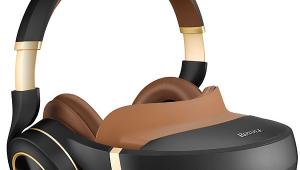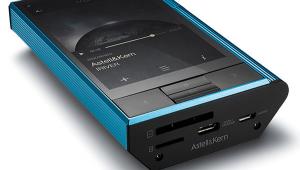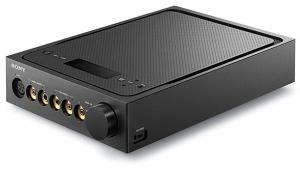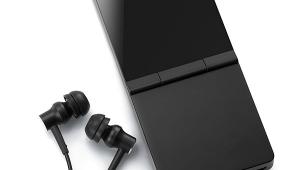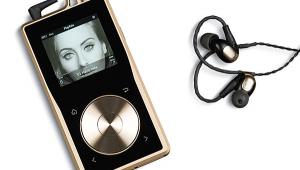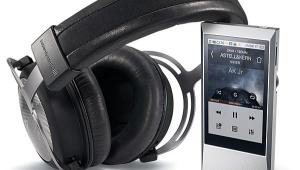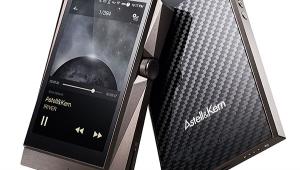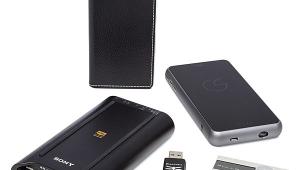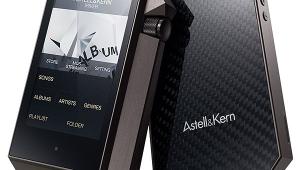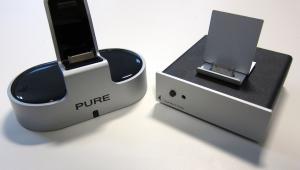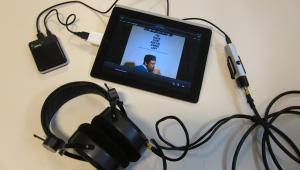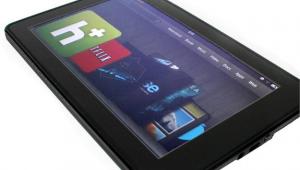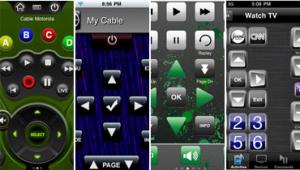Astell & Kern KANN Music Player Review Page 2
Eventually, I got tired of parlor tricks. It was time to plug some headphones into the KANN and let it strut its stuff as a hi-res music player. As usual of late, I used the HiFiMan Edition X V2 and Sennheiser HD 600.
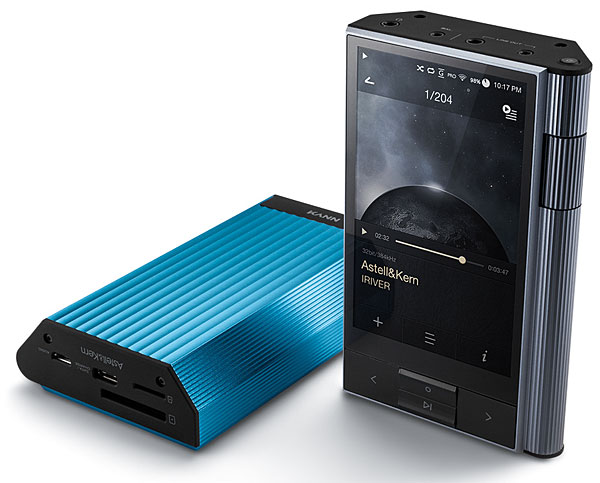
Getting to Know You
Starting with the HiFiMan headphones, the best I currently have access to, I listened for an hour before I realized how subtle the KANN is. The realization came during Nick Drake’s “Things Behind the Sun” (FLAC 96/24), a track I’ve heard countless times in countless systems on LP, CD, and hi-res digital. I suddenly became aware that the KANN’s performance was a compendium of everything any gear has done right with this track. More than that, it was unprecedentedly fine-grained and fastidiously respectful of tone color in a way that made the material fresh, as if I’d never heard it before. Going over the notes I made before and after this point, I came to understand that the KANN was handling everything this way. Pleasure and trust grew with each passing track.
Led Zeppelin’s “Dancing Days” (FLAC 96/24) emerged with the best balance of relentlessly jangling guitars, cymbal flows, and squealing organ I’ve ever heard. All of those elements are inherently bright and hard to control, but to hear them juggled so perfectly—inducing no numbing or fatigue—was a surprise. Then there was the verse in Nick Drake’s “River Man” (FLAC 96/24) that begins, “For when she thought of summer rain...” The strings always brighten and intensify, but this time they brightened and intensified into a rainbow.
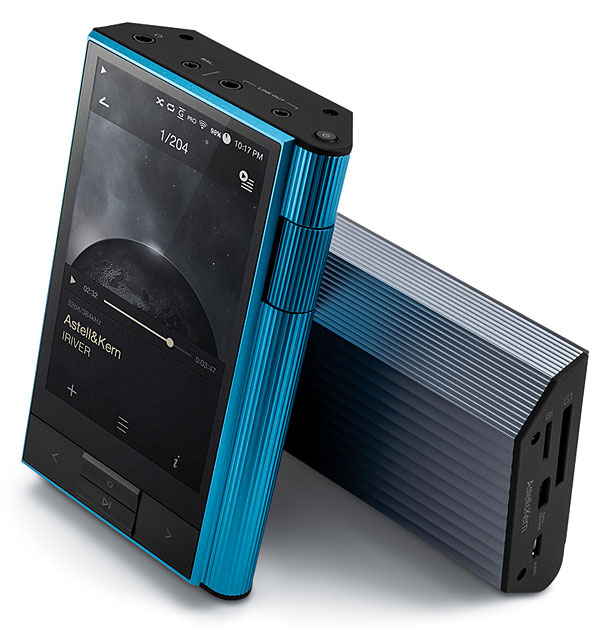
The KANN was a low-level resolution champion. On tracks that I usually play at higher volumes, it was less necessary. I could hear Matthias Goerne’s hushed crooning of Schubert’s Litanei (ALAC 44.1/16) perfectly well. Likewise, the quiet, chiming percussive elements of David Chesky’s “Ben’s Farm in Vermont” (FLAC 192/24), which require both low-level resolution and extended high-frequency response, were audible without a boost. A system that performs well at low levels affords, in practical terms, a wider range of situations in which to enjoy its virtues.
There were little things: I’ve heard Fotheringay’s “Banks of the Nile” a million times but have never heard Sandy Denny’s voice hitting the walls of the studio—and this was with an MP3 ripped at 192. Then there were big things, like the quasi-orchestral flow of the Yes track “And You and I” (ALAC 44.1/16), another balancing act that the KANN handled effortlessly. I know it’s a cliché, but the music just sounded right. You hadda be there.
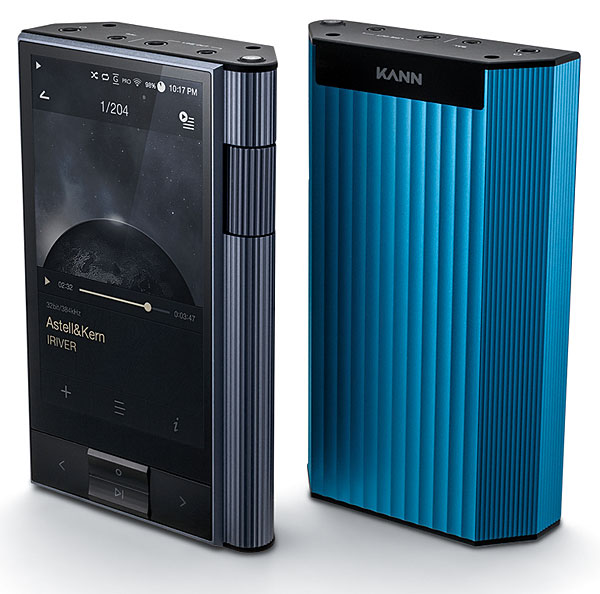
The Sennheiser headphones are higher in impedance than the HiFiMan. Setting the Amp Mode to High gave them more headroom, though it was unnecessary with most tracks. The KANN was a better mate for the highly resolving planar diaphragms of the HiFiMan than for the polite-ish, more conventional Sennheiser, which made John Bonham’s cymbals decidedly a junior partner to Jimmy Page’s guitars in “Dancing Days.” The ability to handle low volumes intelligibly in the Schubert and Chesky tracks was diminished though not destroyed. The KANN and Sennheiser made beautiful music together, but it took the HiFiMan’s greater resolution and grasp of detail to bring out the KANN’s full potential.
Although I’ve made the case for Astell & Kern music players before, I’ve rarely done it as a value proposition. But the KANN happens to provide truly impressive performance for the just-under-$1,000 price—not much more than the cost of a loaded iPhone from a major carrier. I found it just as fulfilling to my ears as the far pricier AK240 (reduced to $1,499) and the price-no-object AK380 ($3,499). If our reviews of those latter products whetted your appetite but their four-figure price tags held you back, the KANN might be the high-resolution audio player you’ve been waiting for. Here’s a hefty slab of state-of-the-art performance for less than four big ones—with SD and microSD card slots for future growth. Deal?
